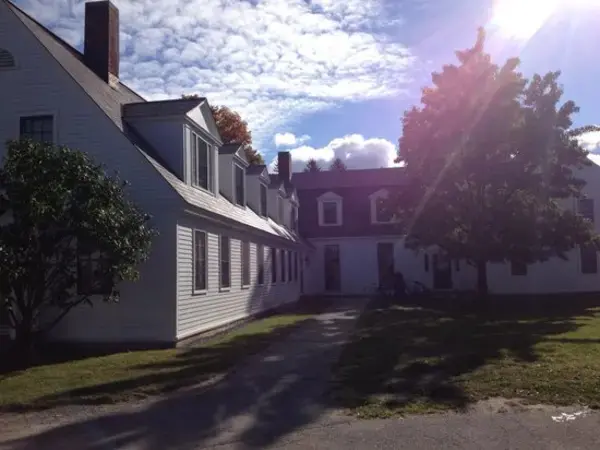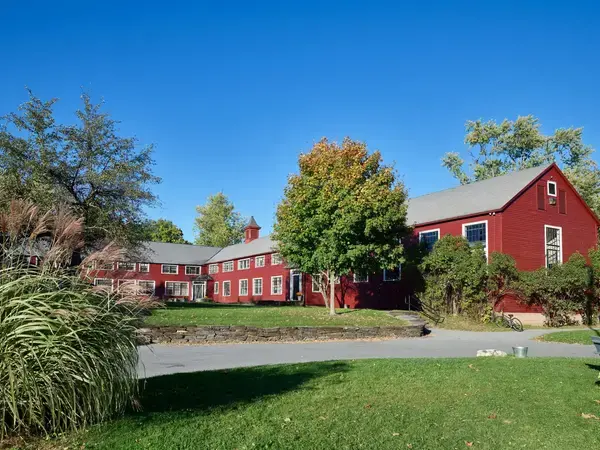Shared Governance Task Force
In September 2020, President Laura Walker announced the creation of a Shared Governance Task Force. The Task Force comprises five constituencies: the trustees, president, faculty, students and staff. The eventual charge of the group (by Fall 2021/Winter 2022) is to agree on a shared governance statement of principles, responsibility matrix, and shared governance design. The College has engaged Dr. David Maxwell, a Senior Consultant with The Association of Governing Boards (AGB), to help facilitate this important work.
On March 5, 2021, the Board of Trustees issued the below formal charge for the Task Force:
A defining feature of any institution is its system of governance. What is the framework—a constitution or bylaws, for example—that provides the system’s values, legitimacy, and shared communal practices that inform decision-making?
“Shared governance” is one important system. Formally, the term “shared governance” refers to a system of governance defined in a document created in 1966 by the American Association of University Professors (and “commended” by the American Council on Education and the Association of Governing Boards of Colleges and Universities) entitled Principles of Shared Government of Colleges and Universities. Principles identifies the board of trustees, the president and the faculty as the three formal parties to shared governance, and specifies the roles, responsibilities and authorities of each. More than fifty years after the creation of that document, most colleges and universities are finding ways to appropriately expand the conversations around important institutional decisions that appropriately include—and value—the voices of faculty, students and staff. Simply put, an institution practices “shared governance” when various constituencies within that institution collaborate to decide what its various policies and practices should be, and how they should be determined, and the role that each constituency plays in the decision-making process.
Bennington College now lacks an adequate system of shared governance. The charge to the Task Force on Shared Governance is to propose to the Board of Trustees for approval the principles and structure of a shared governance model by May 2021 in a spirit of collegiality, transparency, innovation, inclusiveness, and accountability to the Bennington community. The model must be fair, strong enough to withstand inevitable stresses, flexible enough to meet equally inevitable changes, and reflective of a Bennington culture that values innovation, creativity, and the balance of community and individuality.
To do its work, the Task Force must agree on a shared governance statement of principles, responsibility matrix, and shared governance design. To do this, the task force must find the balance between confidentiality in its deliberations and a commitment to consultation and transparency with the community. It must answer these questions:
- After reading relevant literature about shared governance in contemporary higher education, what are the principles of shared governance that we wish to adopt, and that will inform the culture and practice of decision-making as we go forward?
- The Task Force comprises five constituencies: the trustees, president, faculty, students and staff. How will three of these campus constituencies—faculty, students, staff—develop formal organizational structures to carry out the specified responsibilities of self-governance, provide advice and perspective to the board and administration on issues specific to that constituency, and provide representation to institutional governance and/or advisory bodies that has legitimacy among their respective members?
- Given a model of shared governance that the Task Force is charged with proposing, what specific issues should be decided by shared governance? What policies and practices should not be decided by shared governance? Not every constituency can or should have an equal voice on every issue. These will be documented in the decision-making matrix.
- How will the Task Force consult with the Bennington community as it does its work? What is the nature of the website? How many town halls? What other forms of consultation?
- How will the model of shared governance be disseminated, endorsed by the constituencies, and then taken to the Board for approval?
On March 4, 2022, the Board of Trustees accepted the final report from the Task Force. Faculty, staff, and students will now engage in the implementation of shared governance structures as outlined in the report. More information to the community will follow as these structures are implemented. You can find a link to the final report below.
Bennington Shared Governance Task Force Final Report
Group Members
FACULTY AND STAFF
- Hugh Crowl, Faculty
- John Hultgren, Faculty (Co-Chair)
- Dana Reitz, Faculty
- Liz White, Faculty (Co-Chair)
- Laura Walker, President
- Chris Adams, Staff
- Audry Herbig, Staff
- Marie Leahy, Staff
- Carly Rudzinski, Staff (Co-Chair)
STUDENTS
- Muhammad Ammar '24
- Tom Evans '24
- Sam Henriquez '23
- Sofia Salusso '23 (Co-Chair)
TRUSTEES
- Suzanne Brundage ‘08
- Alan W. Kornberg ‘74
- Daniel B. Rowland
- Nicholas A. Stephens ’77
- Catharine R. Stimpson (Co-Chair)
Administrative and Management Team
Dr. Maurice Hall, Provost
Charlie Nadler, Director of the President’s Office
Recommended Readings and Trainings
- Shared Governance in Times of Change by Steven C. Bahls
- The Shared Governance Initiative at Bennington College (Dr. David Maxwell Slide Presentation)
Contact Us
For general inquiries and questions, please write us at sgtf@bennington.edu.




